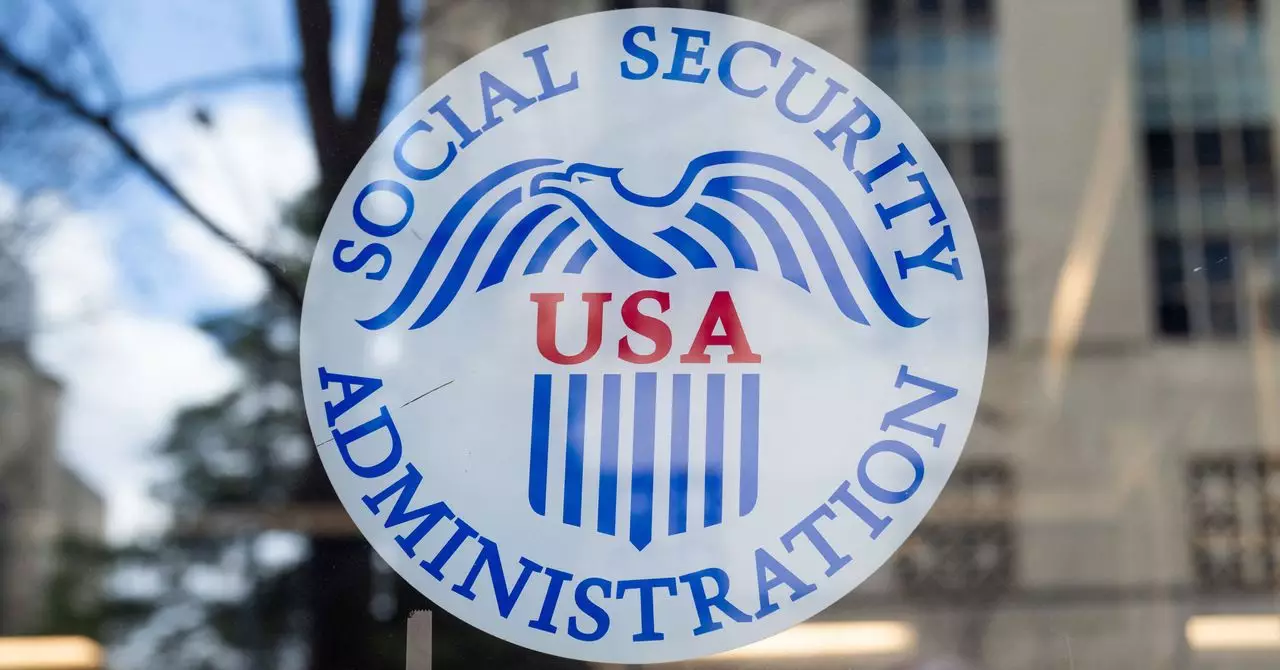At the heart of the Social Security Administration (SSA) lies a fortress of legacy code, most of which is written in COBOL—a language that its own creator likened to an aged building in desperate need of renovation. This system is responsible not just for issuing social security numbers but also for managing critical payments and calculating the entitlements beneficiaries rely on. The antiquated COBOL framework is a double-edged sword: it provides a functional backbone for millions but is riddled with vulnerabilities that can trigger catastrophic failures if mishandled.
As detailed by insiders like Dan Hon, a technology strategist with experience in governmental systems, the complexities of transitioning from COBOL are immense and fraught with peril. The potential for minor tweaks to wreak havoc across various programs is a direct reflection of the fragility inherent in the SSA’s structure. One might question whether attempts to modernize this system should even be speedily pursued, especially when the stakes include the financial stability of countless citizens. Hon’s commentary reveals a crucial understanding: not all technologies or projects should be treated with equal urgency.
The Unknown Timeline of Transition
Compounding the dilemma is the ambiguity surrounding the timeline for transitioning away from COBOL. Current documents circulated within SSA prioritize what might be deemed “non-essential” contracts and artificial intelligence initiatives to bolster administrative functions. Still, there is an unsettling silence regarding the long-overdue migration of core systems. How can an agency that impacts the lives of millions vacillate on such a critical issue?
The ongoing issue of accessing and updating database connections further complicates matters, with miscommunication and misconceptions within the agency regularly hindering progress. Particularly noteworthy is the insight that a group of inexperienced engineers from the DOGE initiative is at the helm of facilitating changes. Youth and ambition can be invaluable, but technical inexperience in such a high-stakes environment raises red flags about the agency’s strategic direction.
Identifying Fraud or Creating More Chaos?
Furthermore, the aim of several DOGE initiatives, such as the “Are You Alive Project,” poses the question of whether the agency is focusing on fraud detection or merely exacerbating existing issues. The idea of contacting beneficiaries to confirm their status might stir both compassion and suspicion in equal measure. Could this well-intentioned mission lead to unintended consequences, inadvertently foreclosing benefits for those who truly need them?
Amidst these initiatives lies the overarching battle for comprehensive access to SSA’s systems, a legal struggle that ports its complexities into the public view. The reality is sobering: while the SSA strives to modernize, the patchwork nature of its systems indicates a significant uphill climb. Each move to safeguard against fraud needs to be weighed against the risk of disenfranchising those reliant on its services.
AI: A Potential Silver Bullet or a Double-Edged Sword?
As the agency considers leveraging generative artificial intelligence to facilitate the massive code migration from COBOL, it must confront the delicate balance of technological innovation and operational stability. The notion that AI could expedite the translation of millions of lines of COBOL code is tempting, but there exists skepticism about the adequacy of AI to cover all edge cases inherent in such a comprehensive migration.
The reliance on AI gives rise to new concerns: what happens if the new system’s outputs deviate from established norms? In an agency that many liken to a “house of cards” or “Jenga tower,” any misstep could trigger a domino effect of failures. The promise of efficiency comes with the risk of exacerbating existing vulnerabilities or introducing new ones, thus leaving the masses dependent on a technologically precarious support system.
Understanding Technologies as Unique Personas
Ultimately, the SSA’s ongoing crisis reflects a larger truth about legacy technologies in government institutions. While the pressure to transition to modern systems is palpable, it is vital to recognize that each technology possesses a unique persona formed by years of intricate dependencies and operational constraints. A low-pressure strategy that allows gradual adaptations and thorough testing could help strike a more sustainable balance between innovation and stability.
The path of transitioning from COBOL is not just a technical challenge; it is a humanitarian mission that requires empathetic stewardship. The technology, after all, is not merely about lines of code, but about people—millions looking for assurance that their benefits will be managed responsibly and efficiently. Moving forward, the SSA must engage in open dialogue and collaboration between seasoned technologists and emerging talent to foster solutions that are not merely ambitious but also grounded in reality.

